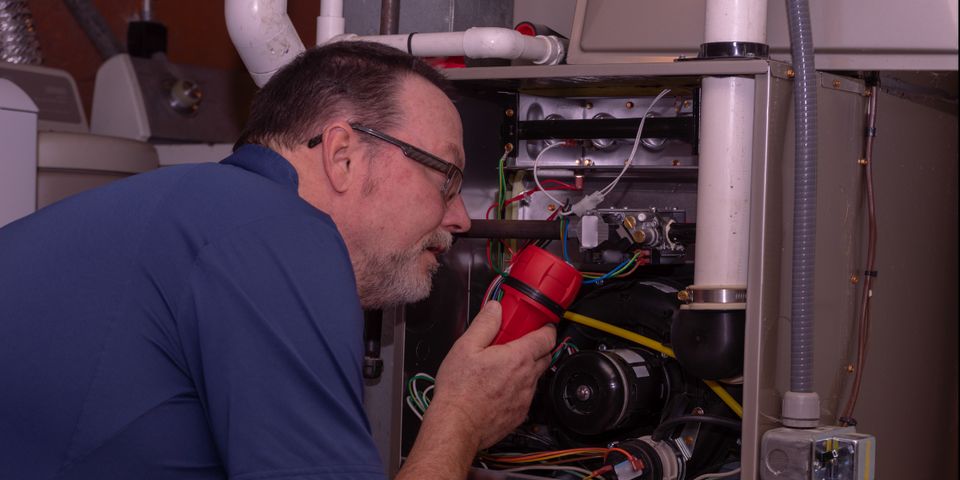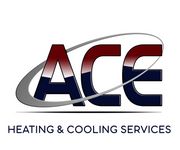
Carbon monoxide is a byproduct of the combustion process that gas furnaces use to provide heated air to the home. This odorless, colorless gas is toxic to people and pets, which is why scheduling prompt furnace repair and taking safety precautions is essential. Here is a brief overview about carbon monoxide to help you spot leaks and prevent future issues.
What Causes Carbon Monoxide Leaks?
Your gas furnace has a heat exchanger, which is a component that traps and filters gases so that they cannot circulate through the home. This device runs on a closed system, which helps prevent fumes from escaping. However, after considerable wear and tear through regular use, the heat exchanger can crack, which results in a clicking noise when the furnace runs.
While a broken heat exchanger contributes to leaks, the furnace must also have other problems that allow carbon monoxide to accumulate. For example, insufficient airflow to the pilot light, blocked vents, and faulty combustion increase the risk that toxic gas will escape the heat exchanger.
How Can You Identify Exposure?

Understanding common symptoms allows you to vacate the home and get help quickly. Carbon monoxide exposure causes stomach pains, vomiting, headaches, confusion, fatigue, and increased heart rate. If you or your family members experience any of these symptoms, leave the home immediately.
Another way to spot carbon monoxide issues is by paying attention to the detector. If this device starts reacting, open the home's windows and move all family members outside, including pets. Then, contact emergency services and don't go back inside until they arrive. They have the proper equipment to enter the house safely and increase ventilation, which may take several hours.
What Are the Best Strategies to Prevent Leaks?
The best way to avoid carbon monoxide issues is by keeping up with a regular furnace repair schedule. This allows an HVAC contractor to inspect and fix the appliance before major problems occur. Also, change the filter at least once every three months to ensure sufficient airflow. Test carbon monoxide detectors once a month, and change batteries twice a year. Consider installing replacement detectors every five years to ensure proper function.
When you need furnace repair services to help prevent carbon monoxide problems, contact ACE Service Experts in Florissant, MO. They will perform comprehensive maintenance to help you get the most out of your HVAC unit. They also provide water heater repair and duct cleaning. Call (314) 328-8112 to schedule an appointment, and visit the website to learn more about their services.
About the Business
Have a question? Ask the experts!
Send your question

